CarEdge saved me over 4,500 dollars on a brand new Honda Pilot. I can't say thank you enough.
Price intelligence
Find a wide range of vehicle listings with market insights on new and used listings near you.
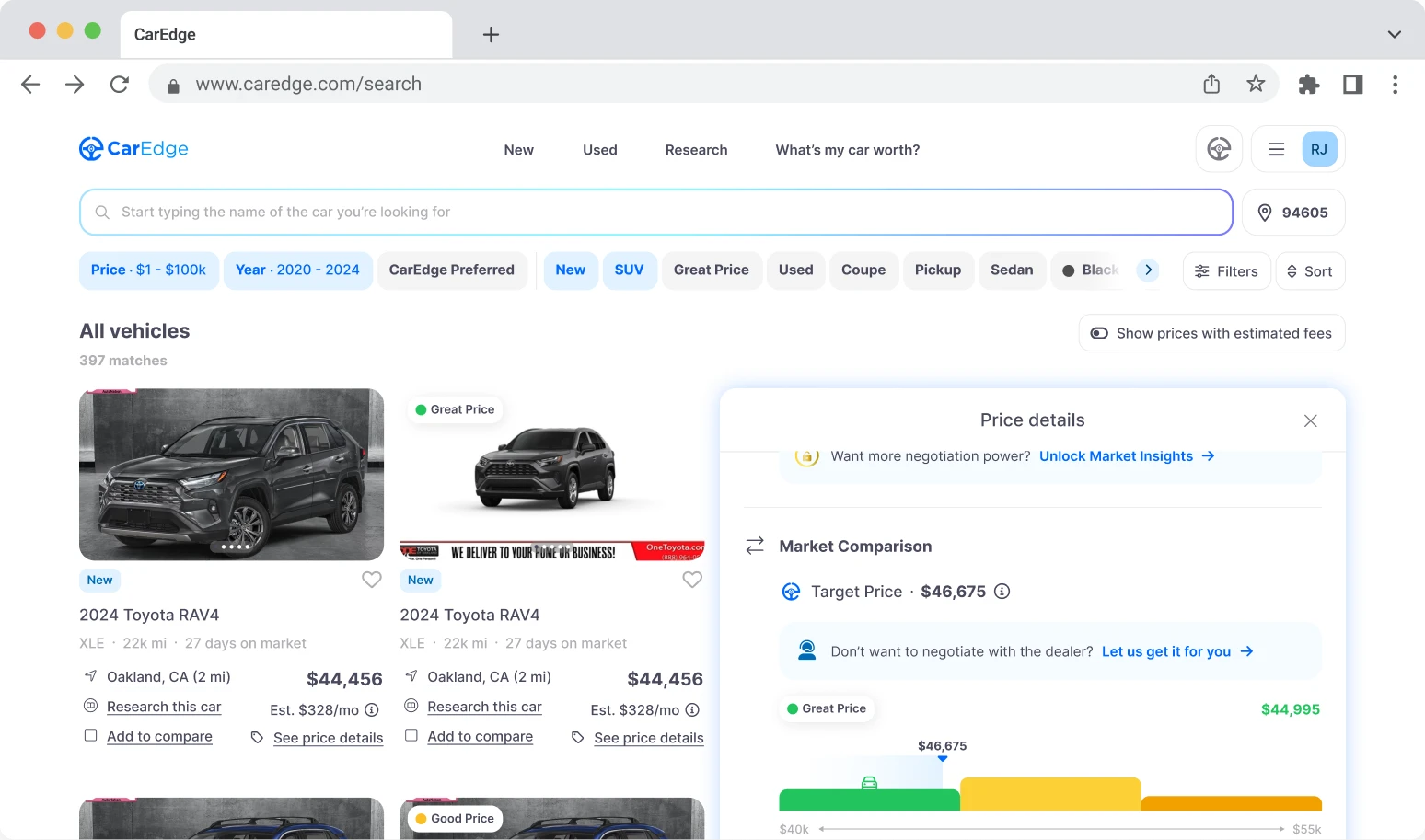

Help us personalize your CarEdge experience — it only takes a second.
Your answers help us personalize your CarEdge journey — we’ll follow up with tips and next steps that match your buying timeline.
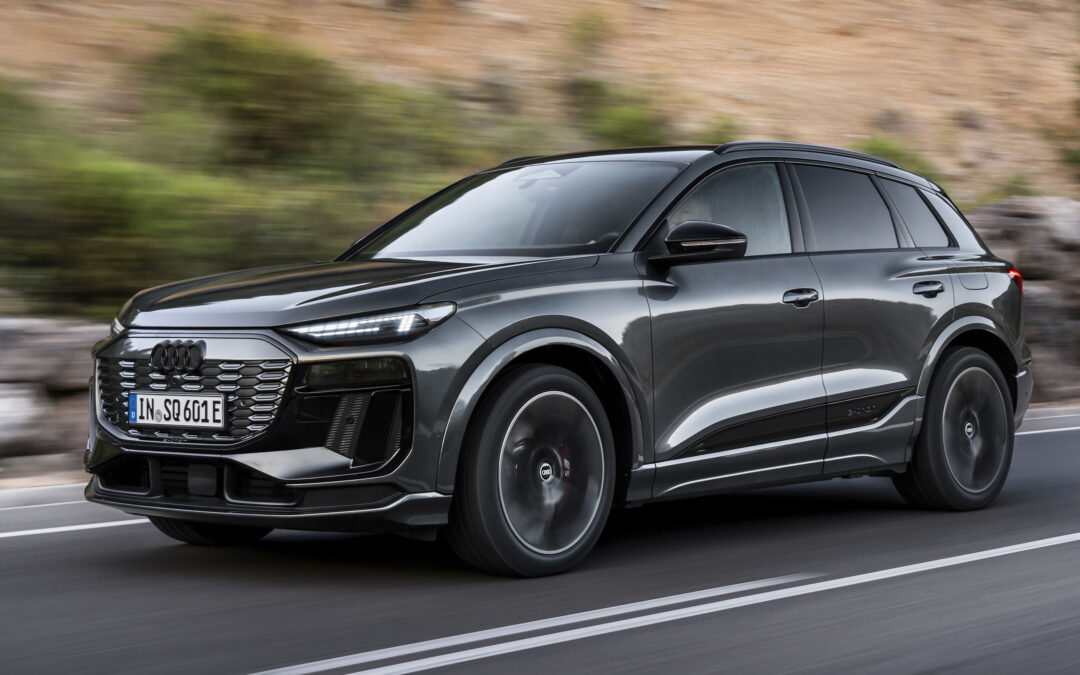
If you thought the best car deals wouldn’t show up until Black Friday, think again. September 2025 is stacked with interest-free financing, bonus cash, and cheap EV leases, but only if you know where to find them. We’ve pored over hundreds of sales to find the offers worth your time right now.
Nissan, Chevy, Honda, and even Audi are bringing serious offers to the table. Although there are plenty of ICE models featured in our ‘best of September’ deals, EVs are the stars of the show this month. That’s because the federal $7,500 EV tax credit is expiring on September 30th. This month will be your last chance to take advantage of these savings.
Let’s take a look at the 10 best car deals in September 2025.

0% APR financing for 60 months + $1,750 bonus cash
Why it’s a great deal: Not only can you finance the Rogue with no interest, but Nissan is sweetening the deal with nearly two grand in bonus cash. That’s money back in your pocket. Want a longer term? You can opt for 1.9% APR over 72 months.
👉 See Rogue deals with local market insights
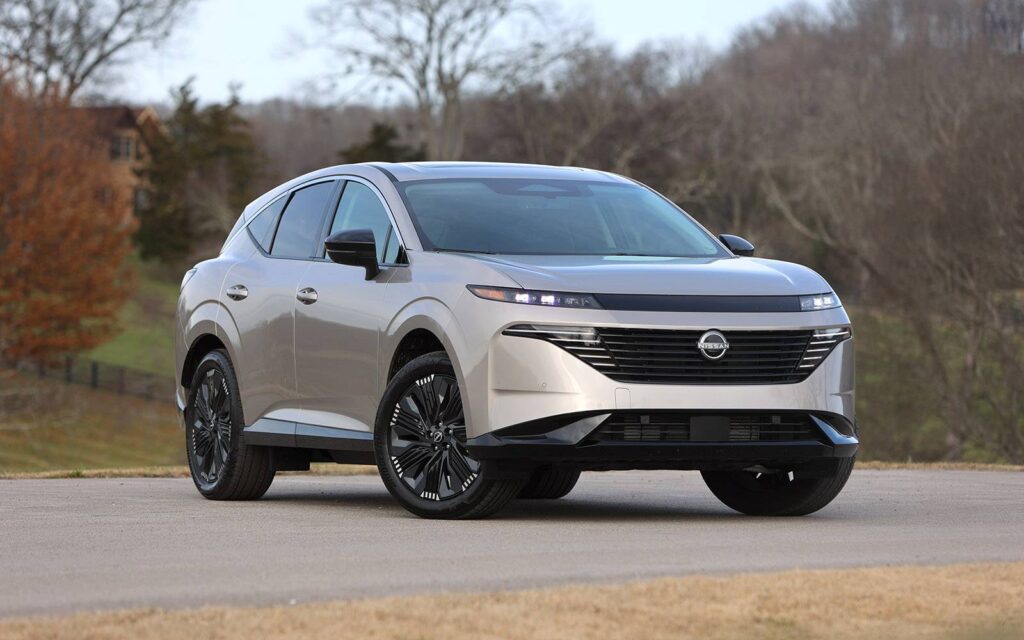
0% APR financing for 60 months
Why it’s a great deal: The redesigned Murano hasn’t exactly flown off dealer lots, which is bad for Nissan but great for you. Zero interest is basically free money. If only student loans worked like this.
👉 Check Murano offers near you
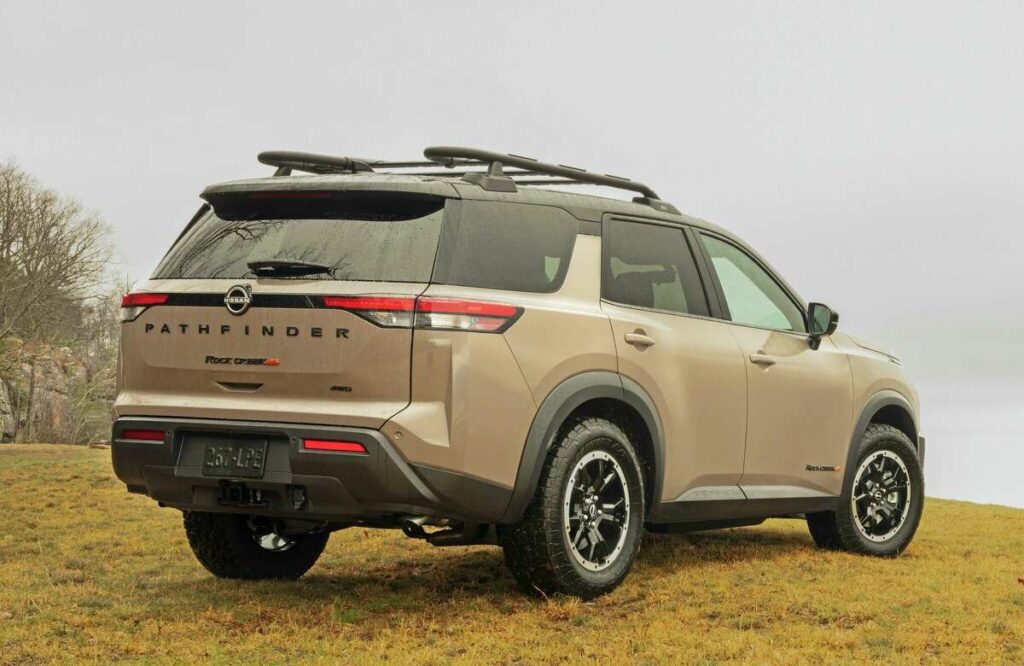
0% APR financing for 60 months + $1,000 bonus cash
Why it’s a great deal: Family haulers with off-road chops aren’t usually cheap to finance, but Nissan is offering the Pathfinder with no interest and a nice chunk of bonus cash on top. Carpool line, here you come.
👉 Find Nissan Pathfinder deals near you

0% APR financing for 60 months
Why it’s a great deal: The Equinox EV is one of the hottest-selling electric crossovers in America right now, with nearly 10,000 sold in August alone. Add in 0% financing and the ability to claim the $7,500 EV tax credit upfront at purchase? That’s a real steal, but it won’t last. The EV credit ends September 30th.
👉 Browse Equinox EV listings near you
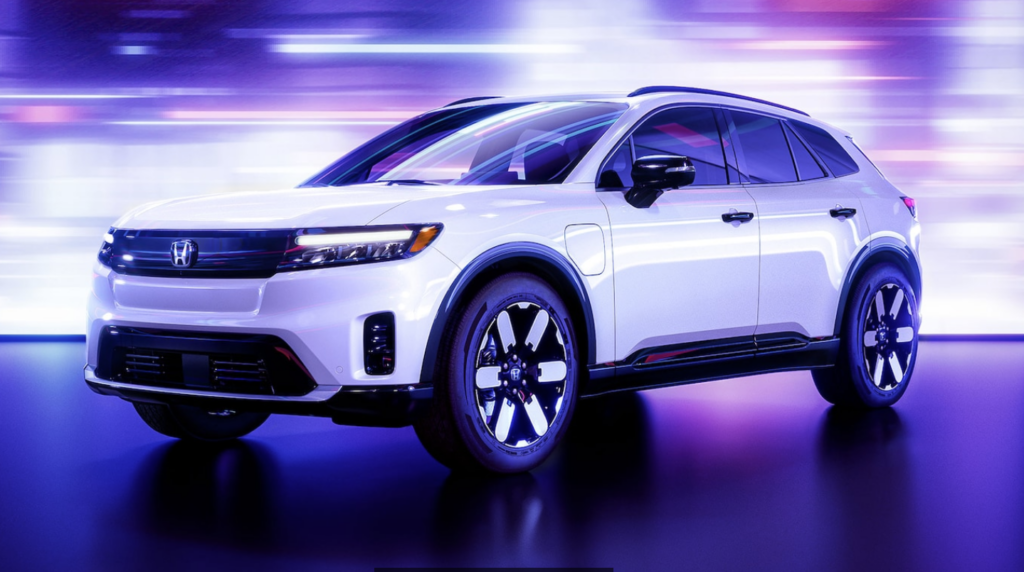
0% APR financing for 60 months, or lease from $179/month
Why it’s a great deal: Honda probably didn’t expect the Prologue to be this popular, but here we are. With the $7,500 federal EV tax credit still in play this month, the Prologue is one of the cheapest ways to go electric. At $179/month, you’ll spend more on streaming subscriptions than on this lease.
👉 See Honda Prologue deals with local market insights
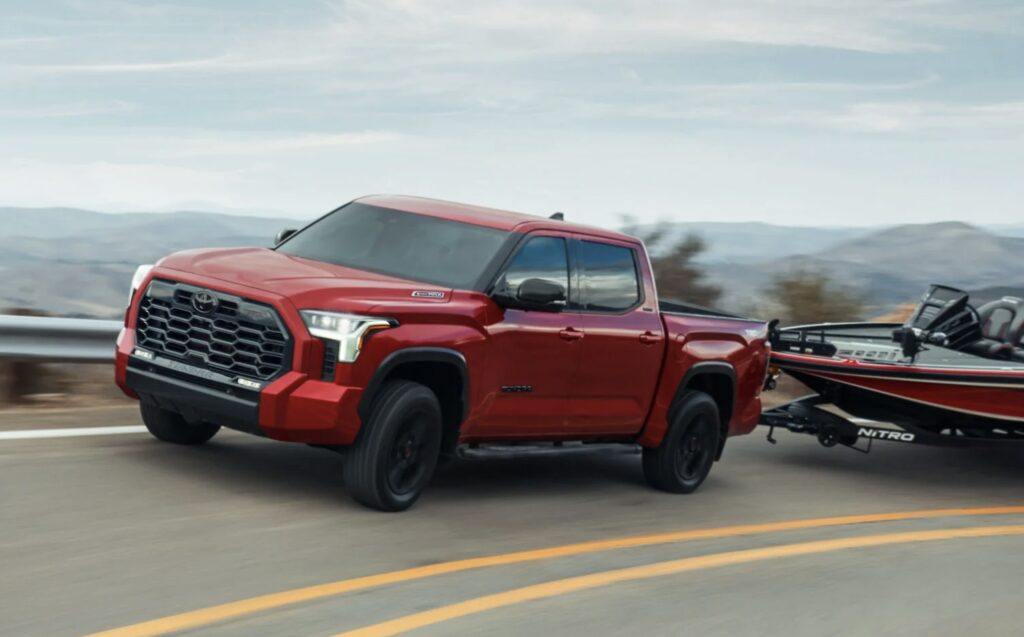
1.75% APR for 72 months (regional offer)
Why it’s a great deal: Toyota is fighting hard for pickup buyers, especially in the South, Midwest, and Texas. Low-APR deals on the Tundra don’t happen often, so check your ZIP code to see if you qualify.
👉 Search Toyota Tundra inventory near you

1.99% APR financing for 72 months
Why it’s a great deal: This is the best luxury EV financing deal in September. The Q6 e-tron qualifies, but so do the Q4 e-tron and upcoming A6 e-tron. Plus, lease shoppers get $7,500 in lease cash.
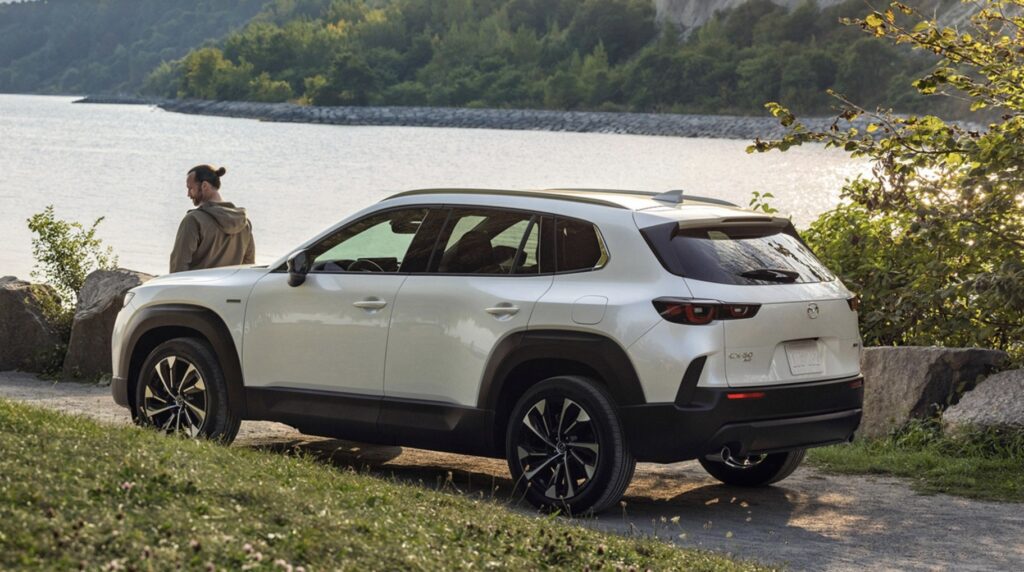
1.9% APR financing for 60 months
Why it’s a great deal: A fan-favorite with all-wheel drive and extra ground clearance, the CX-50 is a smart pick before winter hits. Lock in low financing now, and you’ll thank yourself when the first snowstorm rolls in.
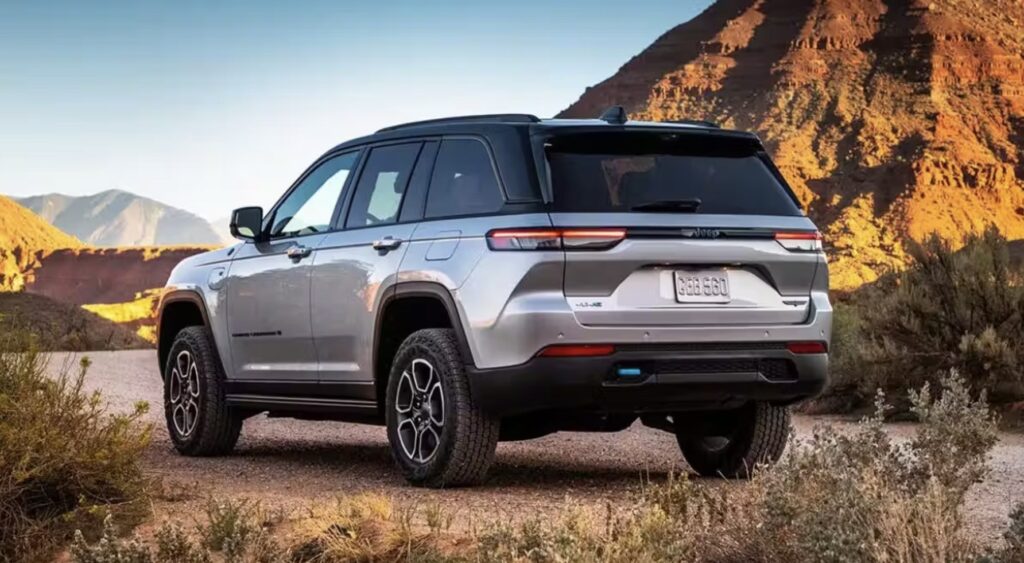
0% APR for 72 months (2024 models) OR 1.9% APR for 72 months (2025 models)
Why it’s a great deal: With 26 miles of all-electric range, the Grand Cherokee 4xe is a great hybrid pick for city commutes. Just don’t expect Prius-like mpg once the gas engine kicks in. Jeep sweetens the pot with $6,250 in cash offers for current owners, though you’ll have to choose between cash or low-APR financing.
👉 Browse the most negotiable Jeep inventory near you
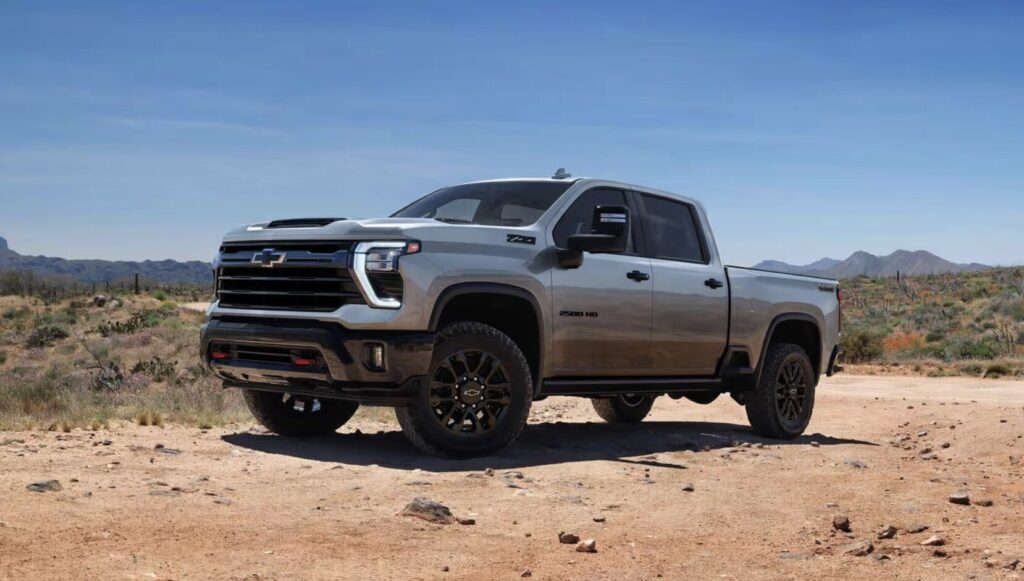
2.9% APR for 72 months, or lease from $379/month
Why it’s a great deal: Chevy’s truck deals beat Ford this month, hands down. Ram comes close, but Silverado shoppers get the win with multiple offers: 0% APR for 36-month terms, or a $379/month loyalty lease for current Chevy lessees. Either way, the Silverado is September’s full-size truck bargain.
By the way, if you’re willing to give electric trucks a try, Silverado EV deals include 0% financing for 60 months. The Silverado EV qualifies for the EV tax credit through the end of the month, as long as you stay under $80,000. Check the deals out here.
👉 See Silverado deals with local market insights
Even with plenty of great offers, the dealership experience can still be a headache. From sneaky add-ons to mysterious “market adjustments,” it’s never as simple as the ad makes it sound. That’s where CarEdge has your back.
Car buying doesn’t have to be a circus. At CarEdge, we’re here to help you avoid the games and get the deal you deserve.
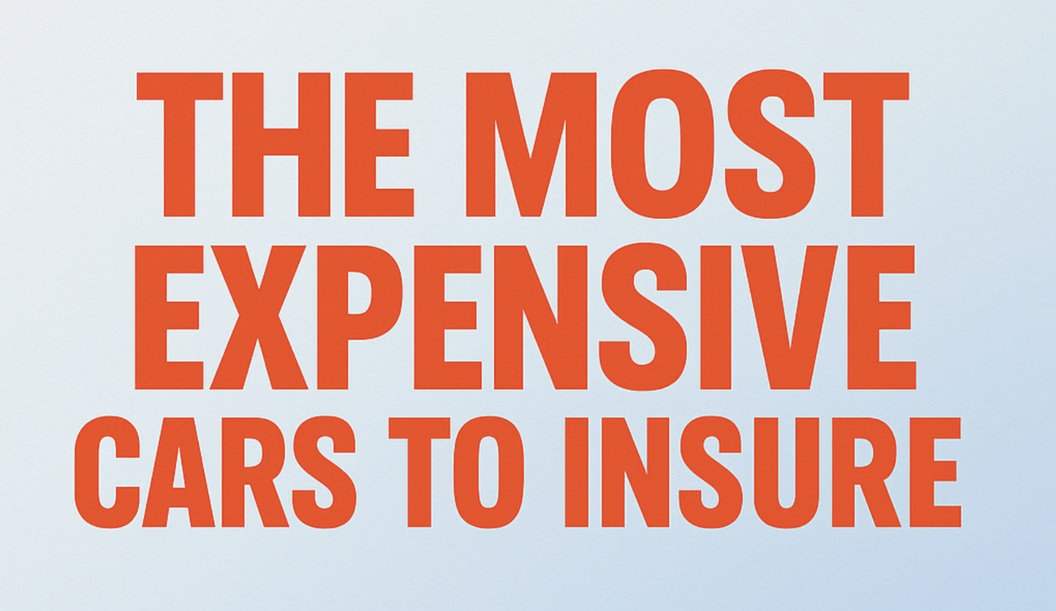
Not all cars are created equal when it comes to insurance costs. While some models are budget-friendly, others will cost drivers thousands more every year in premiums. High repair bills, performance-focused designs, and riskier driver profiles are just some of the factors that push insurance rates higher.
To help you make sense of it, we analyzed insurance data for over 300 models and ranked the most expensive cars to insure in 2025. Our data is based on a 40-year-old driver with good credit, a clean record, and about 13,000 miles driven per year.
At CarEdge, we’ve built our rankings on millions of listings and insurance data points so you can shop smarter, with full transparency on what ownership really costs.
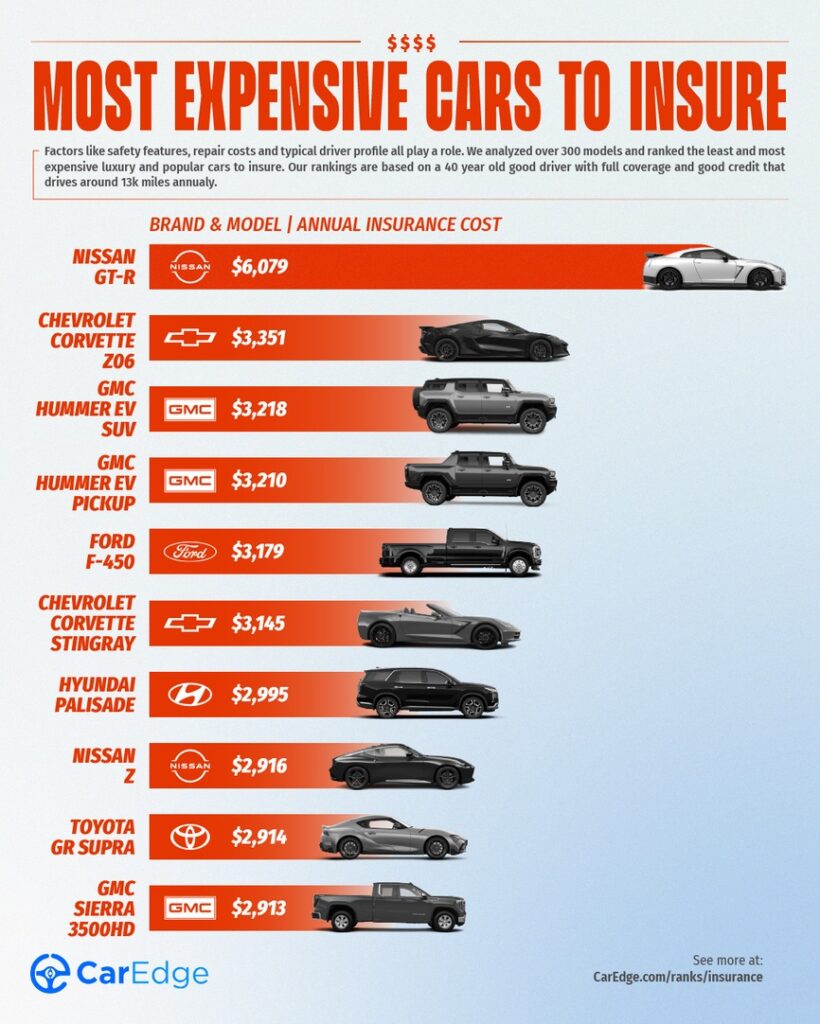
Insurance costs can soar when it comes to sports cars, luxury SUVs, and high-performance trucks. At the very top is the Nissan GT-R, with an average annual premium of $6,079. That’s nearly triple the cost of insuring the cheapest mainstream SUVs.
The Chevrolet Corvette Z06 ($3,351) and both the GMC Hummer EV ($3,218) also ranks among the priciest, thanks to high repair costs and a massive battery. The Ford F-450 ($3,179) shows that heavy-duty trucks can be just as expensive to cover as exotic performance cars.
The Hyundai Palisade is the big surprise on the list. As a popular family hauler, it’s unclear why insurers are charging more for coverage of the Palisade. On average, it costs $2,995 to insure the Palisade for one year.
Other costly models include the Chevrolet Corvette Stingray ($3,145), Nissan Z ($2,916), Toyota GR Supra ($2,914), and GMC Sierra 3500HD ($2,913).
Looking for more insurance rankings? This is just the beginning. See the complete data right here.
A few key factors make these cars and trucks the most expensive models to insure right now.
Looking for the models with the lowest insurance premiums? We’ve got you covered.
👉 Here are the 10 cheapest cars to insure right now.
Even if your car isn’t on this list, there’s a good chance you’re paying more than you should. Studies have shown that 3 out of 4 drivers qualify for a lower rate when shopping around. Insurance companies often don’t reward loyalty, and drivers can save by comparing quotes.
With CarEdge’s insurance quote comparison tool, you can see if you’re getting the best rate in minutes. It’s free, quick, and could save you hundreds per year.

Finding the cheapest cars to insure isn’t just about picking vehicles with the lowest sticker price. Many factors matter, from advanced safety features and affordable repair costs to the typical driver profile. To help car shoppers make smarter decisions, we analyzed insurance data for over 300 models, comparing the least and most expensive vehicles to insure. Our rankings focus on what a 40-year-old driver with a clean record and good credit can expect to pay for full coverage, driving an average of 13,000 miles each year.
At CarEdge, we’ve analyzed millions of listings and insurance data points to give you transparent, reliable insights. Our goal is simple: help you make smarter, more informed car-buying decisions with real data you can trust.
Click on any vehicle to see a full breakdown of insurance costs, as well as other factors in the total cost of ownership.
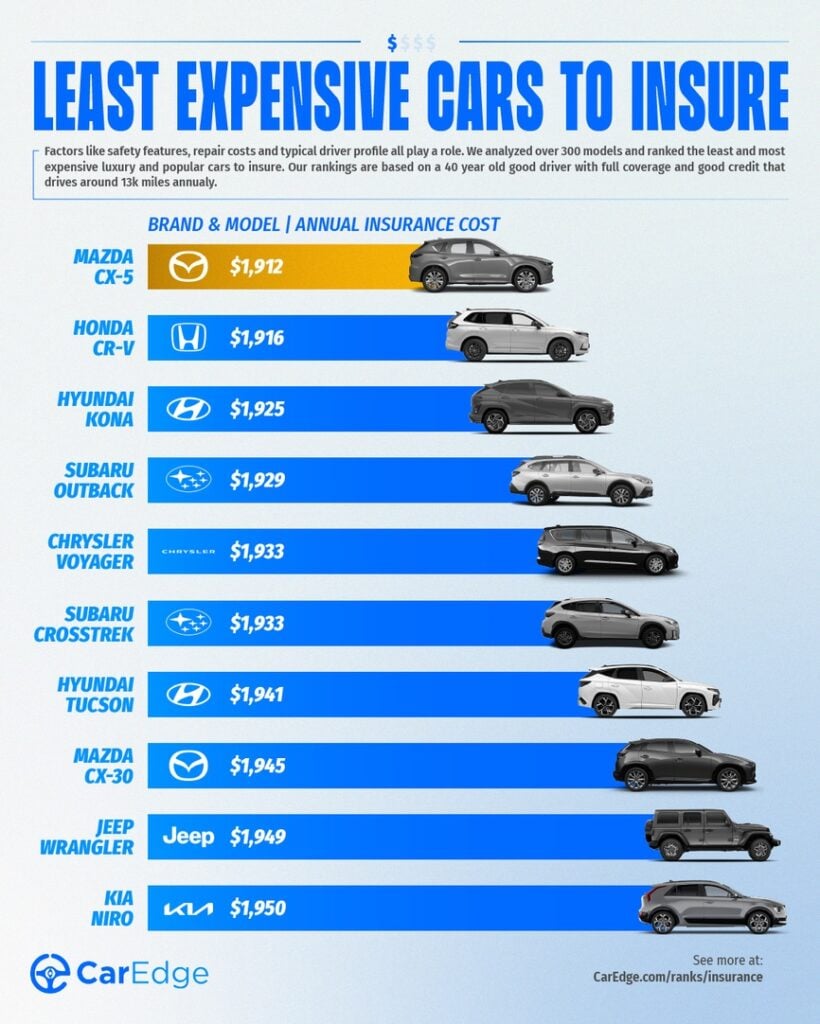
Insurance costs can vary widely depending on the car you drive, but our analysis shows which models consistently land among the cheapest cars to insure. At the top of the list is the Mazda CX-5, with an average annual premium of just $1,912. Closely behind are the Honda CR-V ($1,916) and Hyundai Kona ($1,925).
Subaru models also make a strong showing, with the Outback ($1,929) and Crosstrek ($1,933) offering affordable coverage thanks to their safety features and all-weather versatility. Even a minivan, the Chrysler Voyager ($1,933), ranks among the least expensive vehicles to insure, showing that family-friendly designs often keep premiums low.
Other affordable picks include the Hyundai Tucson ($1,941), Mazda CX-30 ($1,945), and Kia Niro ($1,950). For drivers who want something rugged, the Jeep Wrangler ($1,949) also makes the list.
Overall, the data highlights a clear trend: mainstream, affordable SUVs and crossovers dominate the rankings for low insurance costs.
Looking for more insurance rankings? This is just the beginning. See the complete data right here.
Wondering which cars have the most expensive insurance premiums? We’ve got the data you’re looking for.
👉 These are the 10 most expensive cars to insure right now.
Did you know that auto insurance companies don’t always reward loyalty with lower rates? Most drivers don’t find this out until they finally get around to shopping for lower quotes. It can’t hurt to see if you’re getting your best rate. Find out with CarEdge’s insurance quote comparison tool!
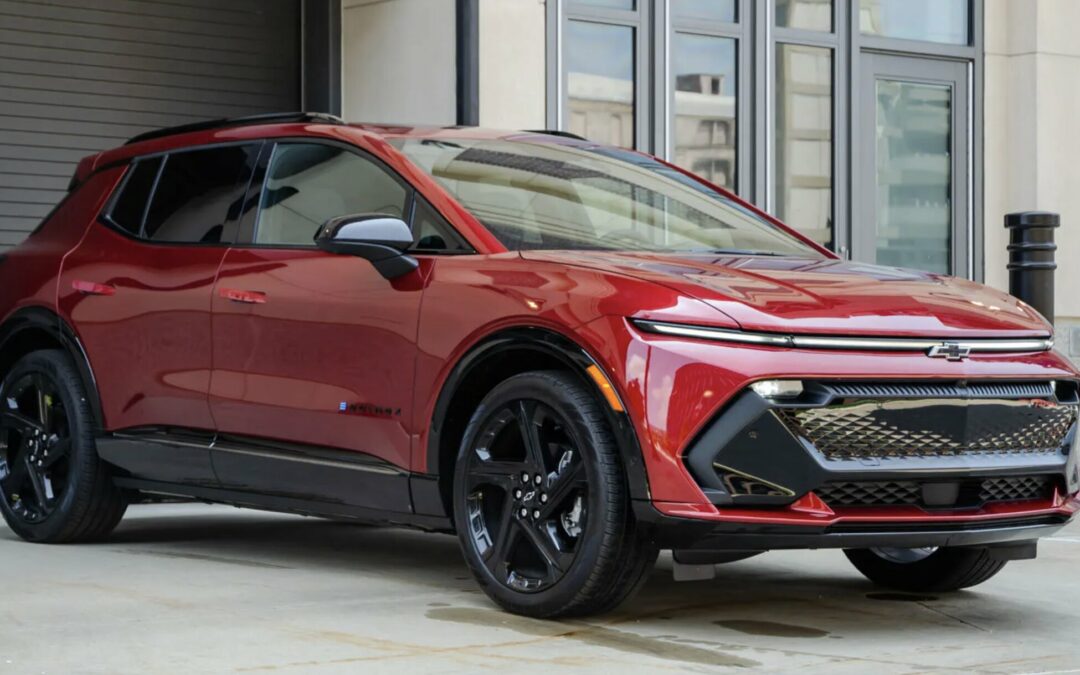
Why wait for incoming 2026 models if 2025 crossovers and SUVs are more affordable? Labor Day sales are here, and it’s clear which automakers are looking to sell some SUVs before year-end sales arrive in a few month’s time. From 0% APR financing to dirt-cheap leases, here are the best SUV deals for Labor Day 2025.

Labor Day Deal: Lease from $299/month
Offer valid through: 9/30/2025
Base MSRP with destination: $51,095
Lease the 2025 Audi Q4 e-tron for $299/month for 24 months, $4,244 due at signing. This lease offer includes the $7,500 EV lease credit, which ends on September 30, 2025.
See offer details, and view Audi listings in your area

Labor Day Deal: Lease with $0 down
Offer valid through: 9/2/2025
Base MSRP with destination: $27,335
Lease the 2025 Buick Encore GX AWD Preferred for $349/month for 39 months with $0 down at signing for current GM lessees (ultra-low mileage lease).
See offer details, and view local Buick listings

Labor Day Deal: 0% APR for 60 months
Offer valid through: 9/2/2025
Base MSRP with destination: $34,995
For Labor Day 2025, lock in 0% APR for 60 months, or lease the Equinox EV LT trim from $319/month for 24 months with $3,649 due before taxes and fees.
The Equinox EV qualifies for the $7,500 federal EV tax credit, which ends on September 30, 2025.

Labor Day Deal: Lease with just $2,509 due
Offer valid through: 9/2/2025
Base MSRP with destination: $21,895
Lease the 2025 Chevrolet Trax for $269/month for 36 months, $2,509 due at signing. The Trax is one of the few crossovers available for well under $25,000.
See offer details, and view local Chevrolet listings

Labor Day Deal: Lease for just $159/month
Offer valid through: 9/2/2025
Base MSRP with destination: $48,850
Lease the 2025 Honda Prologue AWD EX for $159/month for 24 months, $2,599 due at signing.
This lease well under $200/month with little money down is the best EV lease offer for Labor Day. This offer includes the application of the federal EV tax credit, which ends on September 30, 2025. It’s wild seeing a nearly $50,000 car available to lease for $159 a month.
See offer details, and view local Honda listings

Labor Day Deal: 0% APR for 60 months
Offer valid through: 9/2/2025
Base MSRP with destination: $38,695
This is a rare offer for one of Hyundai’s best-sellers, but it’s not quite surprising since revamped 2026 Palisade models are now arriving daily.
Labor Day Deal: 0% APR for 60 months
Offer valid through: 9/2/2025
Base MSRP with destination: $35,795
Santa Fe sales have slowed following a spike with the introduction of the redesign last year. But that doesn’t mean it’s a bad SUV by any means. This is a great offer that won’t last forever.
See offer details, and view local Hyundai listings

Labor Day Deal: $6,000 Bonus Cash Allowance
Offer valid through: 9/2/2025
Base MSRP with destination: $41,030
Jeep is offering $6,000 off the 2025 Grand Cherokee L Limited 4×4 in August. The Grand Cherokee is one of the better-selling Jeep models right now, but with an oversupply on dealership lots, even the Grand Cherokee isn’t safe from clearance sales. See Jeep offer details.
See offer details, and view local Jeep Grand Cherokee L listings
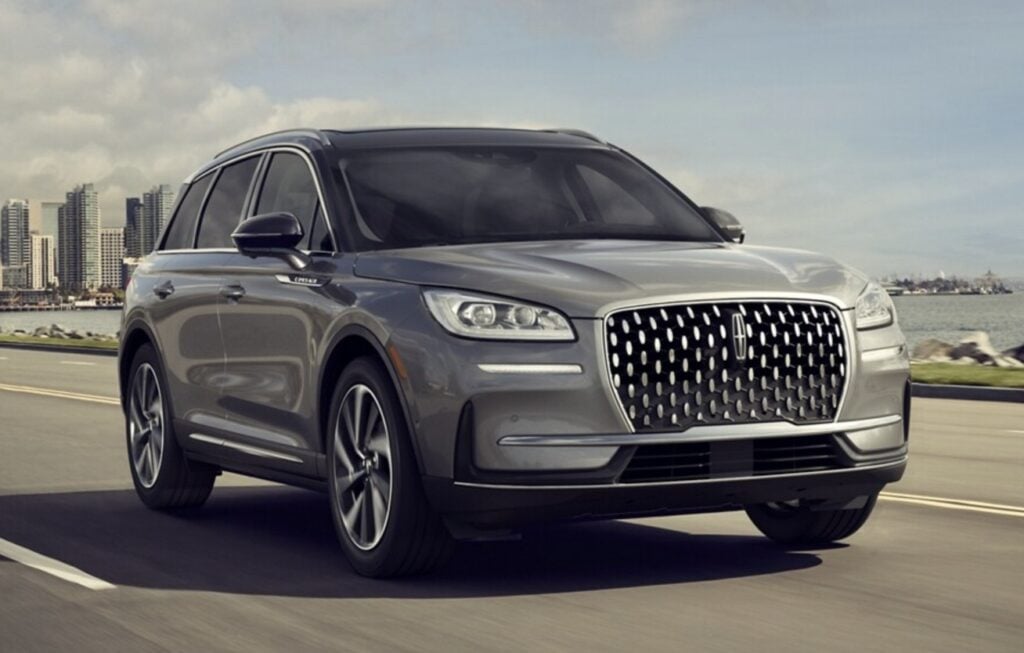
Labor Day Deal: Lease the 2024 Corsair for $276/month
Offer valid through: 9/2/2025
Base MSRP with destination: $41,030
Lease the 2024 Lincoln Corsair for $276/month for 24 months with $4,325 due at signing.
It’s important to note that this offer is for remaining 2024 inventory, but it’s the most affordable Lincoln offer we’ve seen in recent years. Leasing a luxury SUV is virtually unheard of for under $300/month.
See offer details, and view Lincoln listings

Labor Day Deal: $10,000 Lease Cash
Offer valid through: 9/2/2025
Base MSRP with destination: $51,475
The 3-row Mazda CX-90 is a great choice for growing families. This particular offer is for the CX-90 Hybrid, which is a plug-in hybrid with 26 miles of all-electric range before the hybrid engine kicks in.
See offer details, and view Mazda listings in your city

As Nissan looks to claw back market share from Hyundai, Kia, Toyota, and the others, big incentives continue for Labor Day 2025. We’ve never seen such an abundance of zero percent financing for months on end.
All of the following Nissan SUVs have 0% APR for 60 months right now:
See offer details, and view local Nissan listings
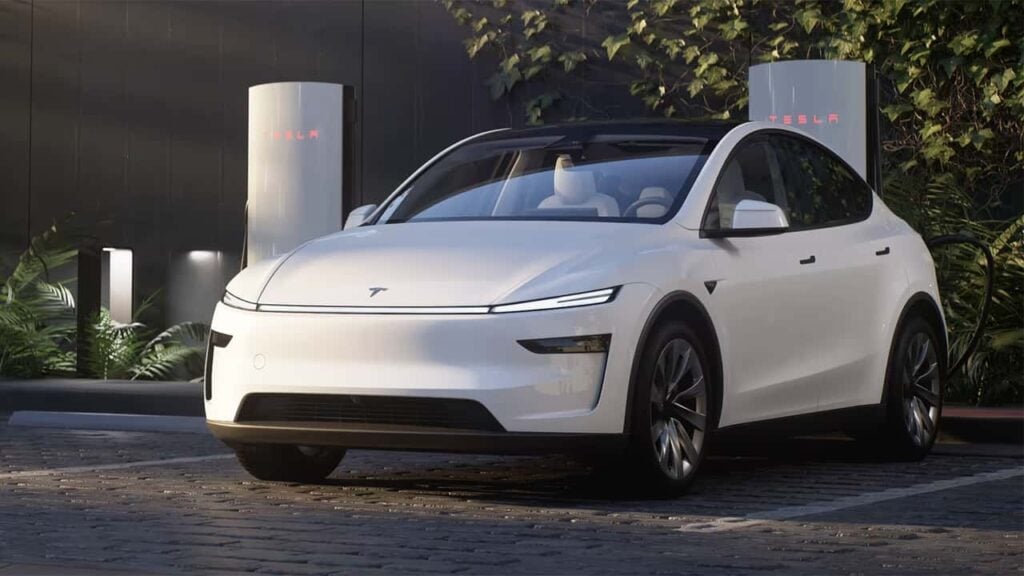
Lease the 2025 Model Y Long Range Rear-Wheel Drive from $399/month for 36 months with $3,000 due at signing. This lease offer includes the $7,500 EV lease credit, which ends on September 30, 2025.
Tesla doesn’t announce when incentives will expire, so this offer could change at any time.

Labor Day Deal: 0% APR for 72 months
Offer valid through: 9/2/2025
Base MSRP with destination: $41,420
The Volkswagen ID.4 may be German-engineered, but it’s manufactured entirely in Chattanooga, Tennessee. That means it qualifies for the $7,500 EV tax credit, which expires on September 30.
See offer details, and view local VW listings
Although it’s not the official best time to buy a car, Labor Day is one of the few times of the year that lease offers truly shine. The top place trophy goes to December’s year-end clearance sales, but September will have plenty to offer SUV shoppers. Dealers want 2025 inventory gone before 2026 models start to crowd dealership lots. That means more sales, and the beginnings of a buyer’s market.
Time is of the essence for Labor Day 2025 lease deals. Most manufacturer incentives end on September 2, but some sales could stretch through the month. EV buyers should know that the $7,500 federal tax credit expires on September 30, so act fast.
Tired of car buying hassles? Let a professional do it for you! Learn how CarEdge makes car buying (or leasing) easier than ever before.
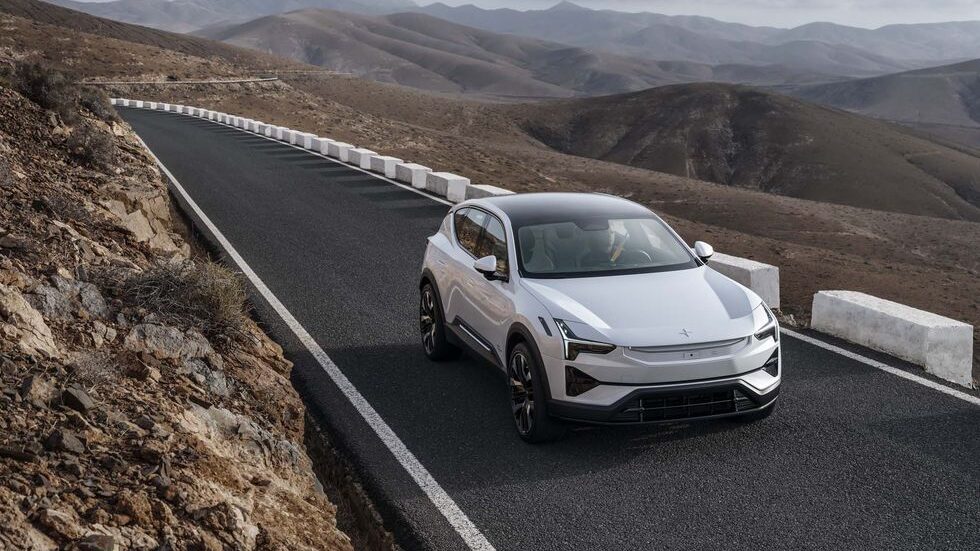
Luxury brands are making big moves this Labor Day. Lease deals dominate as automakers like Audi, BMW, Rivian, and others work to broaden their appeal and lower the barrier to entry for shoppers eyeing a luxury badge. Below, we’ve rounded up the best luxury car deals you can find for Labor Day 2025. Remember, shop prepared with expert insights for the luxury market, or let AI do it all for you.
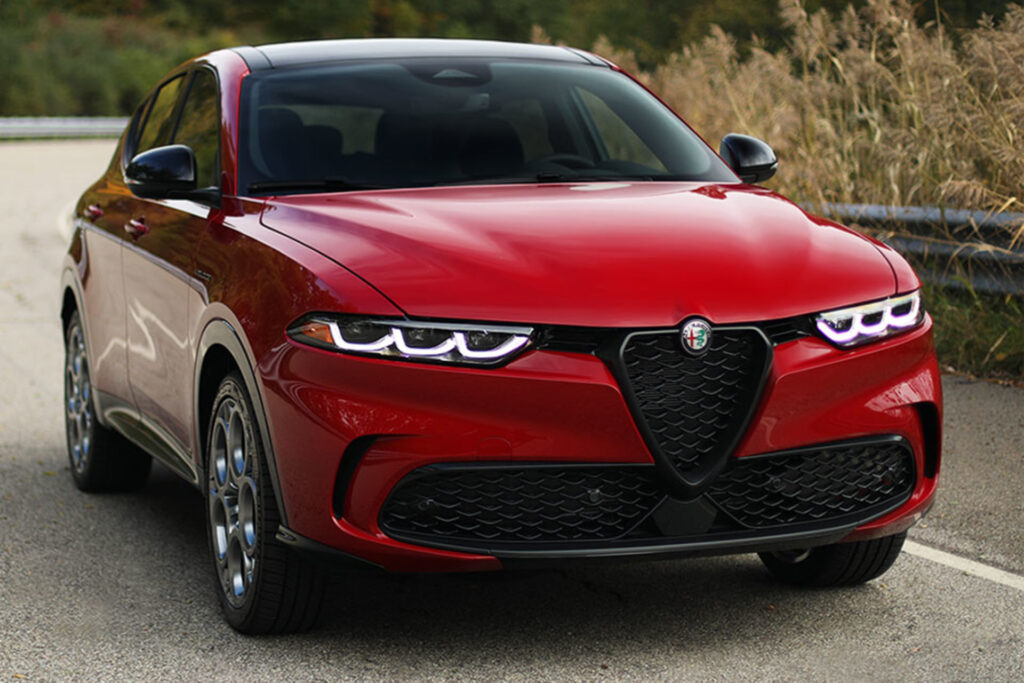
Lease the 2025 Alfa Romeo Tonale for $294/month for 36 months, $4,999 due at signing.
See offer details, and view Alfa Romeo listings

Lease the 2025 Audi Q4 e-tron for $299/month for 24 months, $4,244 due at signing.
See offer details, and view Audi listings in your area

Lease the 2025 BMW X3 for $599/month for 39 months, $5,589 due at signing.
See offer details, and view BMW listings in your area

Lease the 2025 Range Rover Velar for $749/month for 36 months, $6,995 due at signing.
See offer details, and view local Range Rover listings

Lease the 2024 Lincoln Corsair for $276/month for 24 months with $4,325 due at signing.
See offer details, and view Lincoln listings
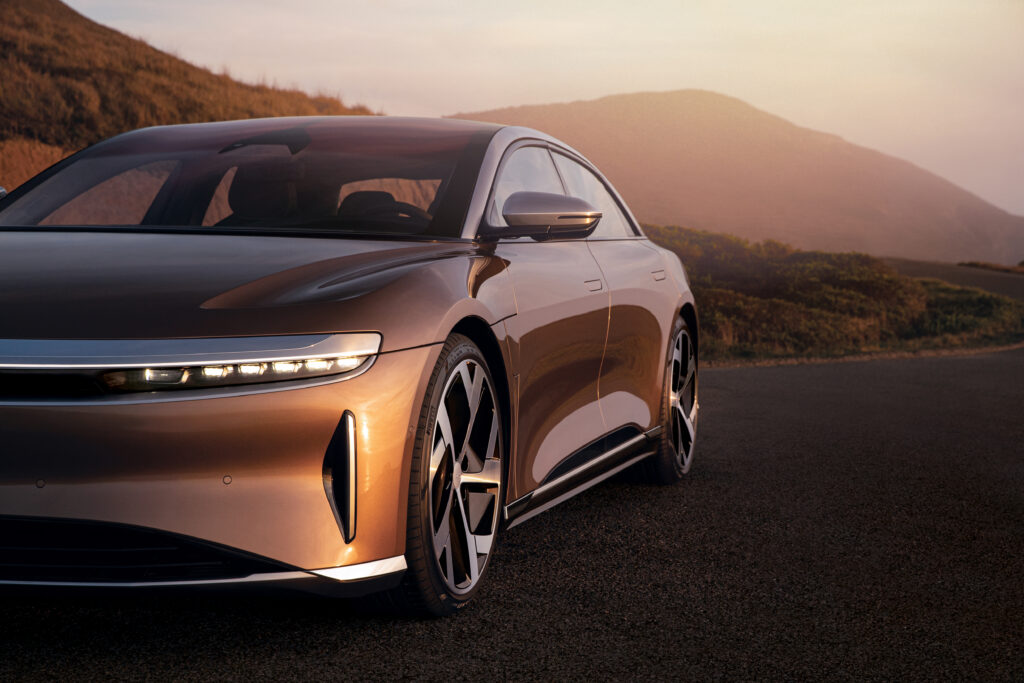
Lease the Lucid Air Pure for $509/month for 36 months with $2,869 due at signing.

Lease the 2025 Mercedes-Benz GLA 250 SUV for $469/month for 36 months, $4,663 due at signing.
See offer details, and view local Mercedes-Benz listings
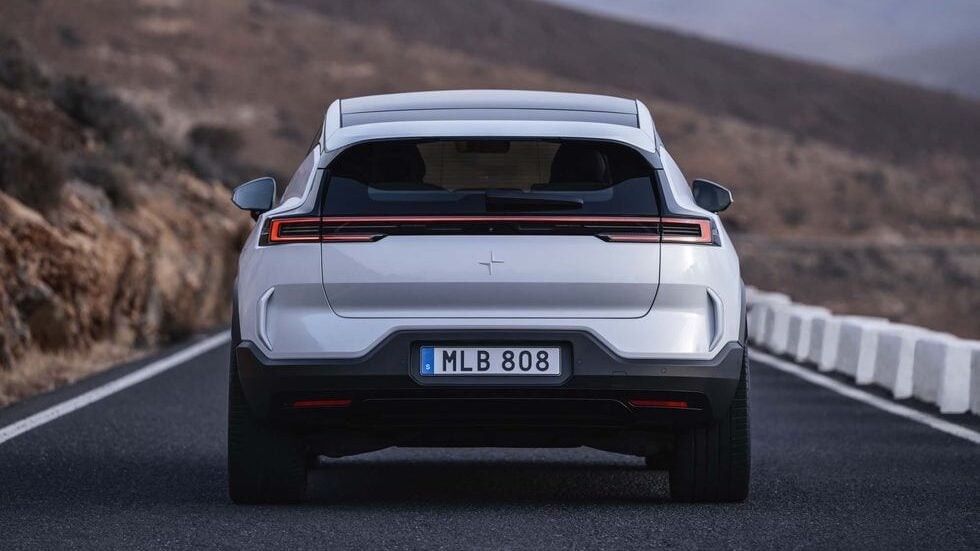
Lease the 2025 Polestar 3 for $399/month for 27 months with $5,399 due at signing.
See offer details, and view Polestar inventory
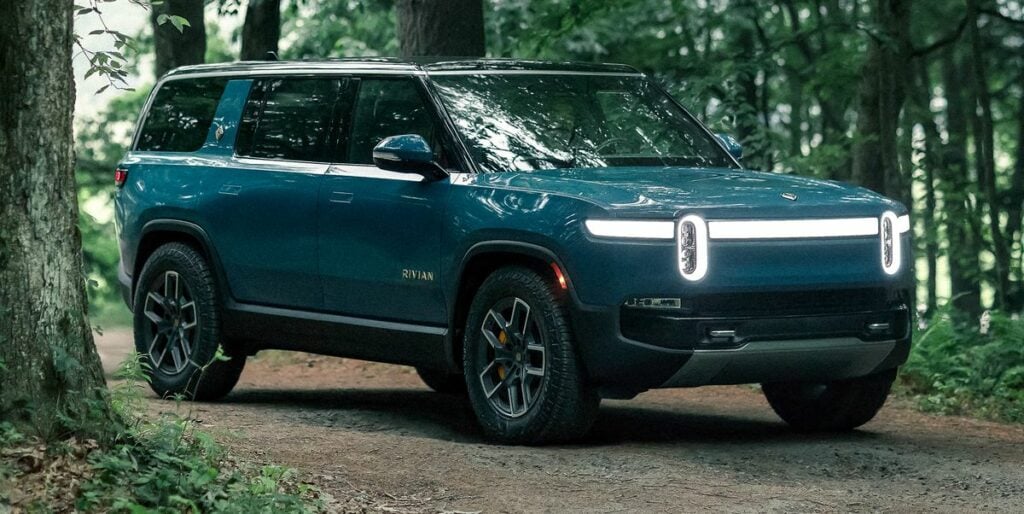
$12,000 – $15,500 in combined lease savings
For Labor Day deal season, Rivian is offering an Endless Adventure Bonus, and an Electric Refresh offer. For eligible vehicles and buyers, these offers can compliment the $7,500 EV lease credit, which ends in September.
See offer details at Rivian.com
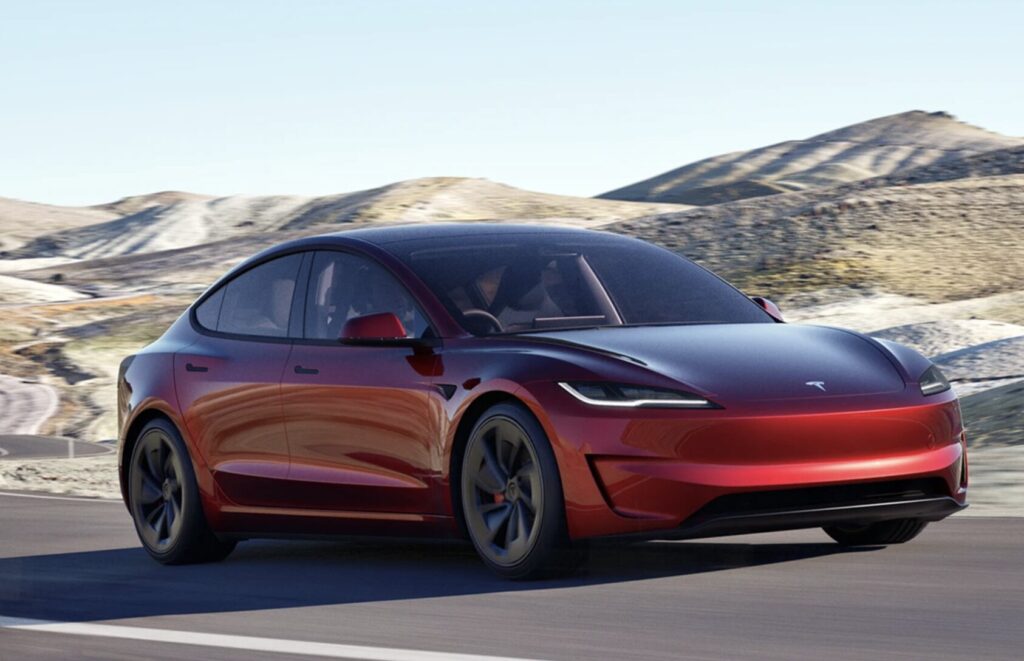
Lease the 2025 Tesla Model 3 rear-wheel drive for $299/month for 36 months with $3,000 due at signing.
See offer details at Tesla.com

Lease the 2025 Volvo XC40 Core Bright for $409/month for 36 months, $2,689 due at signing.
See offer details, and view Volvo listings
A few times each year, luxury cars become a little more attainable for millions of drivers as incentives spike. Labor Day 2025 is one of those times. From lease specials with surprisingly low monthly payments to 0% APR financing, August and September will be your best shot at a deal until December.
Most of these luxury lease deals expire on September 2, 2025. We’ll update this page with the new deals that arrive following Labor Day.
Don’t go it alone. Shop prepared with market data on your side, made possible by CarEdge Pro. Or better yet, let CarEdge Concierge handle the hard part: finding the right car and negotiating the best terms, so you can focus on enjoying the drive.
Let us know how we can help!
CarEdge is a trusted resource for car buyers, offering data-backed insights, negotiation tools, and expert guidance to help consumers save time and money. Since 2019, CarEdge has helped hundreds of thousands of drivers navigate the car-buying process with confidence. Learn more at CarEdge.com.